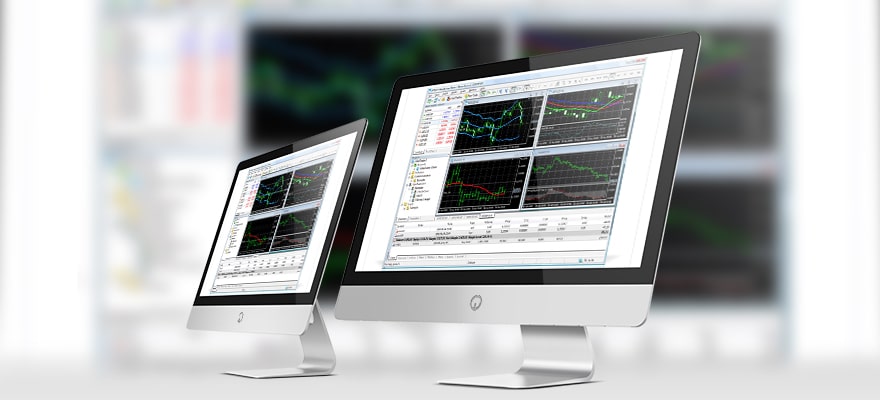The Commodity Futures Trading Commission (CFTC ) announced on Tuesday that it has slapped ICAP Capital Markets LLC, which is now known as Intercapital Capital Markets LLC (ICAP), with a civil penalty worth $50 million.
The commodities regulator has fined ICAP for helping its bank clients manipulate the ISDAFIX benchmark, a global benchmark that is referenced in a number of interest rate products.
Specifically, the CFTC issued an Order which files and settles charges against the firm. The Order found that between at least January 2007 until December 2012, the Swaps brokers at ICAP assisted traders at its bank clients to manipulate the USD ISDAFIX. This was to benefit the derivatives positions of their bank clients.

James McDonald
Commenting on the fine, James McDonald, CFTC Director of Enforcement, said: “When intermediaries in our markets help others commit wrongdoing, they will be held accountable. This matter is one in a series of CFTC actions that continues to demonstrate the Commission’s unrelenting commitment to protect those who rely on the integrity of critical financial benchmarks.
“There is no room for manipulation of our markets, and we will continue to pursue both those who seek to manipulate and anyone who chooses to assist them.”
How ICAP Brokers Manipulated the USD ISDAFIX
Specifically, for five years ICAP began the setting of the benchmark by capturing and recording swap rates and spreads based on trading activity near or at 11:00 am Eastern Time each day. They would also do this on an affiliate’s platform for US Treasury securities. This process was known as the “print.”
According to the Order, at the critical time of 11:00 am, traders at several banks tried to manipulate the benchmark by bidding and executing transactions on targeted interest rate products. This includes swap spreads and US Treasuries. This was done to affect the rates on the electronic interest rate swap screen and influence ICAP’s “print,” which in turn, impacted the final published USD ISDAFIX.
Not only did ICAP assist their clients to manipulate the benchmarks, but they also suggested ways for traders to manipulate them more effectively. One broker at ICAP explained the best method to manipulate the benchmark on May 2008 as:
"The easiest way to accomplish the screen print is by hitting the bid and keeping offered at the hit price, the only problem is what if someone has the opposit [sic] interest and is willing to spend a yard [$1 billion notional] to push it against you. You saw 2 weeks ago [Bank A] moved the bonds a whole point and did 1.2 yards to get the print. Sometimes banks are willing to spend whatever it takes to get the print . . . there were instances where [Bank B] will do 2 yards of 5s or 10s at 11 oclock [sic] to get his print . . . I DONT [sic] THINK [Bank B] KNOWS WHAT THEY DO AT 11, THATS [sic] NOT THEIR MAIN CONCERN, ITS [sic] THE PRINT THAT MATTERS."

















